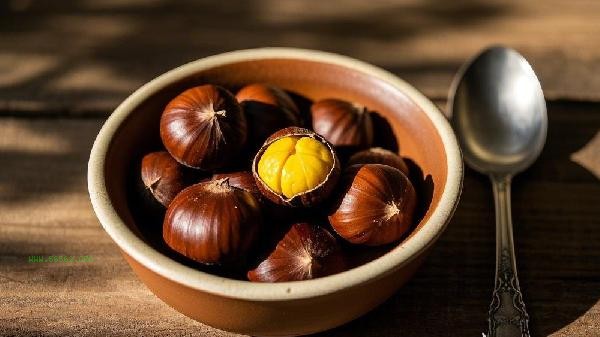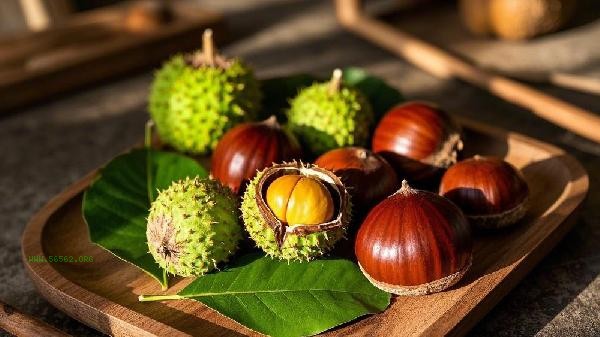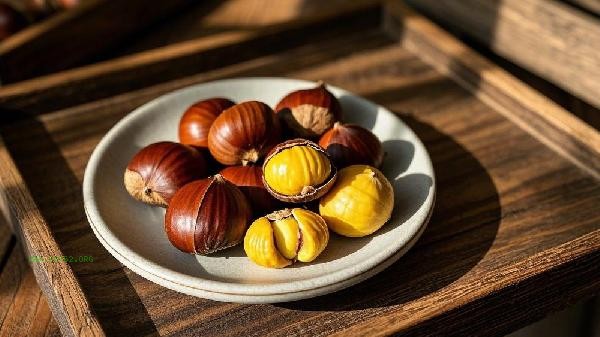Whether cooked chestnuts can be eaten after being stored for 3 days depends on the storage conditions. If refrigerated or frozen, they can usually be eaten, but if stored at room temperature, they may spoil and are not recommended for consumption. When cooked chestnuts are stored in low temperature environments, the rate of starch retrogradation and water loss is slow, and microbial reproduction is inhibited. Chestnuts that have been refrigerated for 3 days can still be safely consumed if the outer shell is free of mold, the flesh is not sticky or has a sour taste, and the inner kernel is golden in color and compact in texture after peeling. After sufficient heating, it can still be consumed safely. Chestnuts that are frozen can better delay spoilage due to low temperatures. Although the taste may decrease after thawing, the loss of nutritional value is not significant. However, it is important to seal and prevent cross flavors before freezing. Regardless of the storage method, it should be steamed or stir fried at high temperature to kill potential bacteria before consumption again.

Mature chestnuts stored at room temperature are prone to mold growth due to their high sugar and water content, and may have a sour taste or stringy appearance for three days in high temperature environments during summer. If there are black green mold spots on the outer shell, black and softened flesh, or a smell of distiller's grains, it indicates the production of harmful substances such as aflatoxin or nitrite. Especially for shelled chestnuts, the contact area with air is large, and the oxidation and decay rate is faster. Even high-temperature treatment cannot decompose some toxins. Eating spoiled chestnuts by mistake may cause abdominal pain and diarrhea, with a higher risk for people with weaker digestive function.

It is recommended to consume ripe chestnuts on the same day as possible, store them in refrigeration for no more than 3 days, and freeze them for up to 1 month. When consuming again, it is necessary to thoroughly heat it to a center temperature above 70 degrees Celsius, and pairing it with vegetables and fruits rich in vitamin C can help reduce nitrite absorption. Keep the container dry and sealed during storage to avoid mixing with high protein foods such as seafood, which can accelerate spoilage. Elderly and children should carefully check the texture and odor before consumption, and stop eating immediately if any abnormalities occur.









Comments (0)
Leave a Comment
No comments yet
Be the first to share your thoughts!